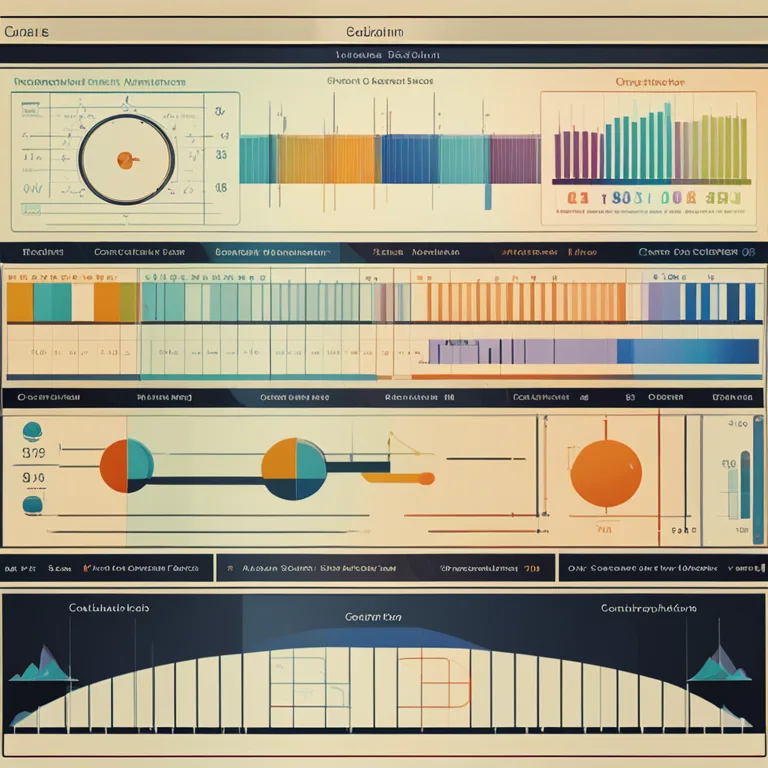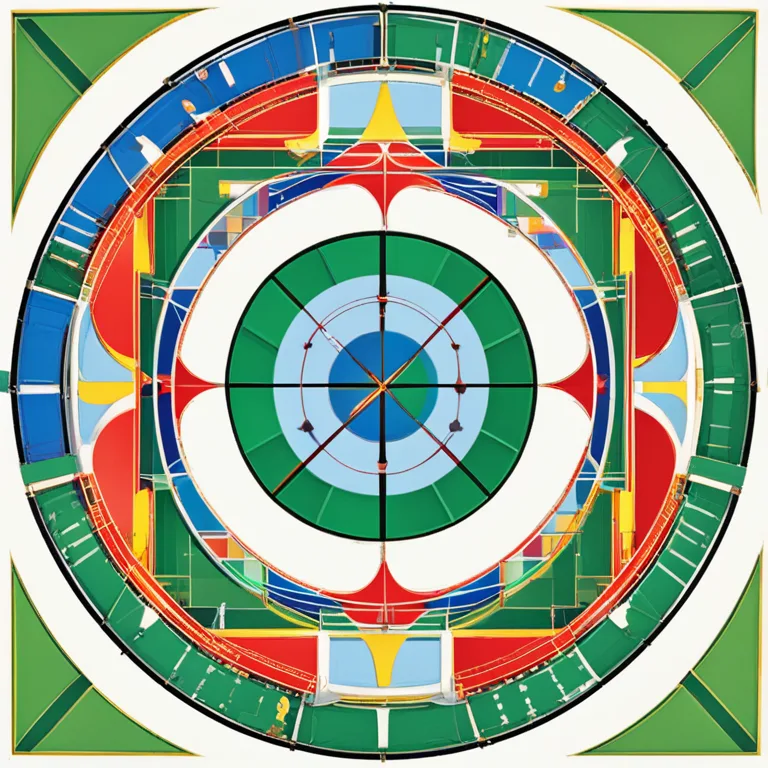
The Rhythms of Life: How Your Biorhythms Shift
Delve into the significance of biorhythm changes and how they influence your daily life, emotions, and physical state in this insightful article.
article by Adrian Wallace
Introduction to Biorhythms
Biorhythms are a complex interplay of internal clocks that supposedly govern our physical, emotional, and intellectual cycles. The theory suggests that from birth, we are influenced by regular rhythms that impact our daily actions and state of being. Although the concept isn't backed by mainstream science, it has become a popular tool for individuals seeking personal insight. We enter 2024 with technology that offers deeper personalization, tracking, and analysis of our supposed biorhythmic patterns.

The Three Primary Cycles
There are traditionally three biorhythm cycles: the 23-day physical cycle, the 28-day emotional cycle, and the 33-day intellectual cycle. Proponents say that each cycle oscillates between high and low phases, with transition days known as critical days, where one might feel off-balance or more prone to accidents. The physical cycle is thought to influence strength, coordination, and well-being, the emotional cycle affects mood and creativity, and the intellectual cycle is linked to analytical processing and thought.

Shifts in Biorhythms
As we journey through life, these biorhythmic phases are believed to fluctuate and respond to our experiences, interactions, and even planetary alignments. Enthusiasts argue that by tracking these cycles, we can predict times of peak performance or vulnerability. However, such predictions should always be taken with a grain of skepticism, considering the lack of empirical evidence to support the deterministic nature of biorhythms.

Calculating Biorhythms Today
Modern advancements allow for sophisticated biorhythmic calculators, harnessing algorithms and artificial intelligence to forecast personal cycles. Users input their birth dates and receive detailed charts mapping their physical, emotional, and intellectual rhythms for future dates. This custom-tailored data is sometimes cross-referenced with astrological insights for those who believe in a holistic celestial impact on their lives.

The Role of Technology in Biorhythm Analysis
The 21st century has witnessed an upsurge in wearable tech and apps dedicated to tracking various health metrics, often intersecting with the principles of biorhythms. These devices, combined with biorhythmic theory, purport to empower users to make informed decisions about exercise, social interaction, and mental work based on predicted optimal phases.
Biorhythms and Daily Decision Making
While scientists remain skeptical about the applications of biorhythms in daily decision-making, many individuals incorporate this concept into their lifestyle. For instance, someone might avoid critical decision-making or risky activities on days when their emotional or intellectual rhythms are low. Conversely, they may plan important events or activities for periods when their charts show heightened physical or intellectual prowess.
Future Outlook on Biorhythms
Though the future of biorhythms in scientific communities remains uncertain, the proliferation of personal tracking and interest in self-optimization suggests that the allure of biorhythms will continue. As we forge ahead, it will be fascinating to observe how this field evolves, potentially integrating more deeply with personalized healthcare and lifestyle adjustments.
Published: 12/28/2023
Modified: 12/28/2023
More predictions
Come back here soon to learn more about yourself and your future


The Intricacies of Biorhythm Charts
Delve into the world of biorhythms with our concise guide on understanding biorhythm charts and how they might influence your daily life.


Measuring Your Biorhythms: A Step-by-Step Guide
Discover how to track and measure your biorhythms to better understand your physical, emotional, and intellectual cycles for optimal well-being.


Halting Biorhythmic Cycles: Can It Be Done?
Discover whether it's possible to stop your biorhythms and the implications it might have on your well-being and life harmony.